The Long Shields Guardian Programme, founded in 2012, is a conservation initiative on the boundaries on Hwange National Park in Zimbabwe, working for both ecological and social impact. The programme is managed through our project partner, the Wildlife and Communities Action Trust. The monitoring and evaluation is led by WildCRU where opportunities are made available for Zimbabwean students and postdocs to analyse data from the programme to help inform the direction of our efforts and share learnings on a wider scale.

CONSERVATION CONTEXT
In the areas surrounding Hwange National Park depredation of livestock frequently results in retaliatory killings of lions, contributing to population declines and loss of landscape connectivity. Most livestock depredation incidents occur at night and where traditional livestock husbandry techniques have been abandoned during daytime grazing. Improved community engagement and appropriate contemporary solutions for livestock protection can therefore greatly reduce livestock losses while reducing the need to kill lions, creating employment opportunities and simultaneously increase regional food security.
APPROACH
Long Shields Guardians
Through the Long Shields Guardian Programme in Zimbabwe local community members are employed and trained, warning villagers when lions are in the vicinity and actively protecting cattle against the predators. They assist the community with livestock protection and provide a liaison with wildlife management and conservation bodies. The Guardians are on the ground amongst their people and actively patrol their ‘territories’ on a daily basis. They monitor animal movements (both domestic and wild) using regularly walked survey routes searching for tracks. They further monitor and consult on the strength and maintenance of people’s livestock enclosures and in many cases help repair or rebuild them.
Early warning system
In the communities around Hwange National Park, with GPS satellite collars we closely monitor lion prides situated on park boundaries that are likely to come into conflict with people and provide an early warning system to local people. Through a “Whatsapp” group the Guardians are part of a live feed of information and are able to react quickly to potential problems. When lions move out of the protected area into community lands the local Guardian is alerted and they in turn inform their community to move their livestock elsewhere. In some cases the Guardians physically deter the lions from community lands and back into the protected area.
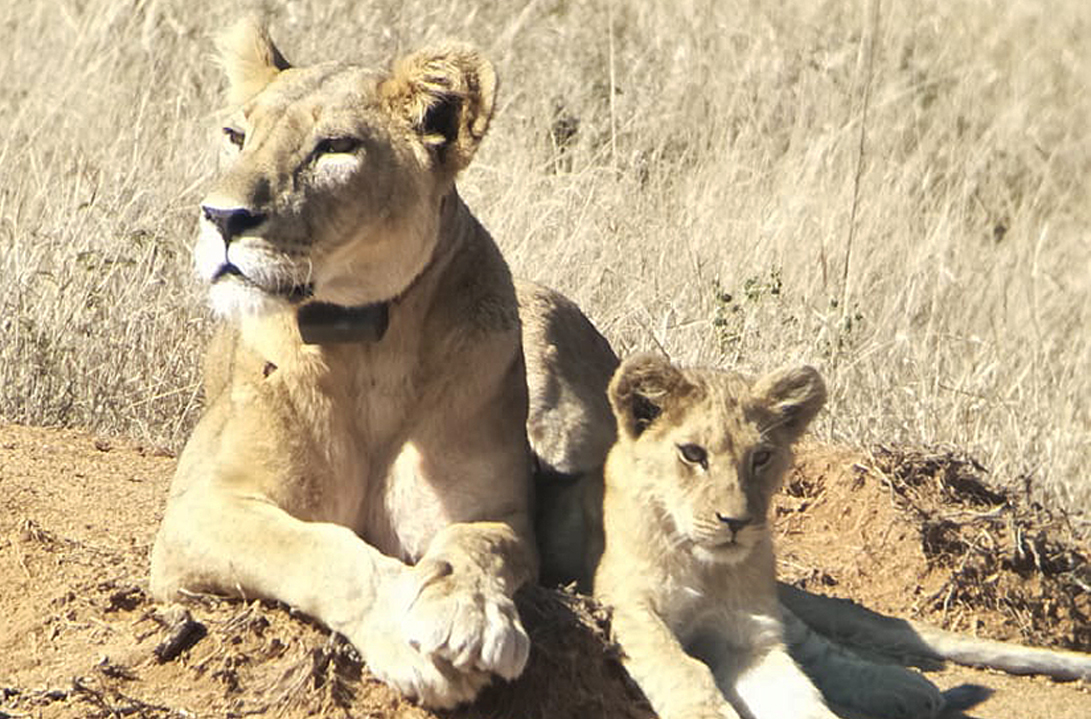
Mobile Bomas
A crucial area that can be improved to mitigate losses of livestock to wild predators is husbandry of livestock. Our early findings suggested that a common factor in many conflict incidents is that animals are left outside protective bomas at night, or are poorly protected during the day. In order to mitigate these challenges, we implemented a concept that provides multiple benefits: (1) protection of livestock from predators at night, (2) improved food security and (3) indirect reduction of lion killings in retaliation for livestock loss.
The mobile bomas provided allow farmers to enclose their cattle overnight in bomas made of locally acquired opaque PVC material rather than the traditional logs and brushwood. The opaque nature of the boma material, compared to high visibility of traditional bomas, removes the visual hunting trigger and lions do not enter the enclosures. Unlike traditional kraals, mobile bomas can further be placed in crop fields to selectively improve soil fertility and improve food security.
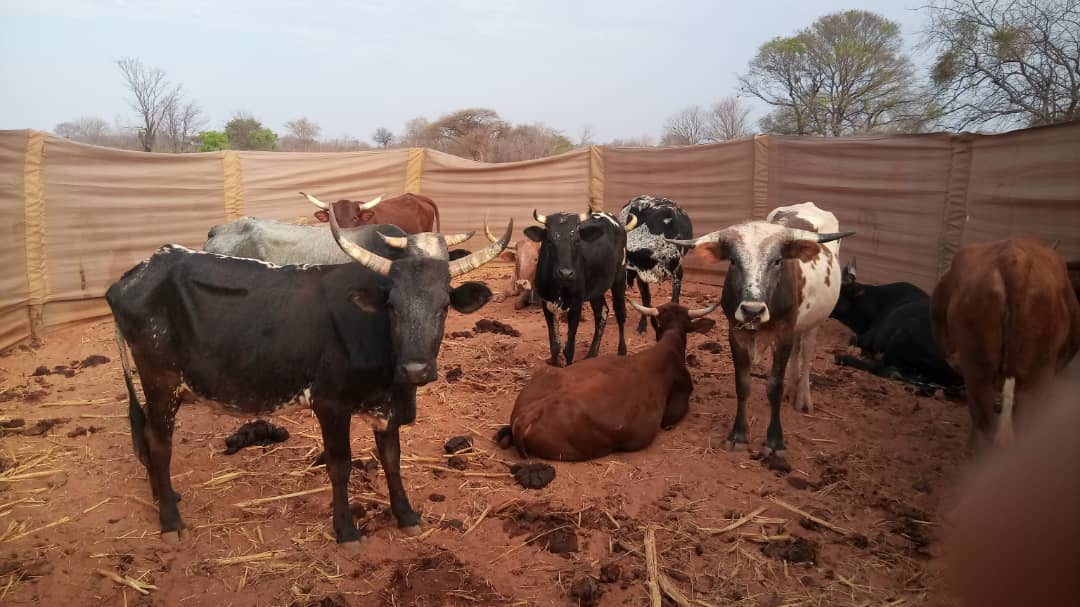
Cattle kraaled in mobile bomas fertilise the soil in cropping fields
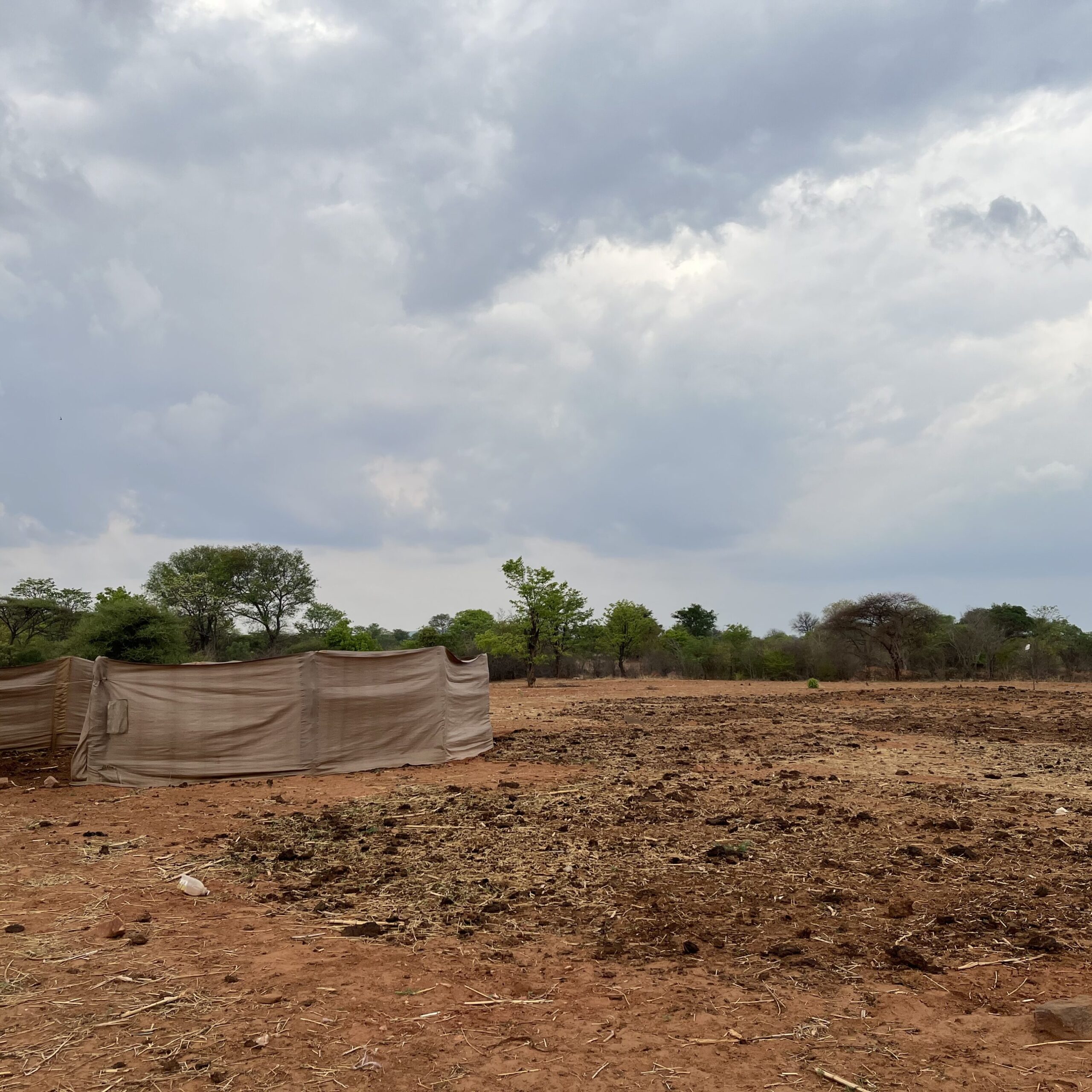
The rotation of bomas fertilises the fields and improves crop yields
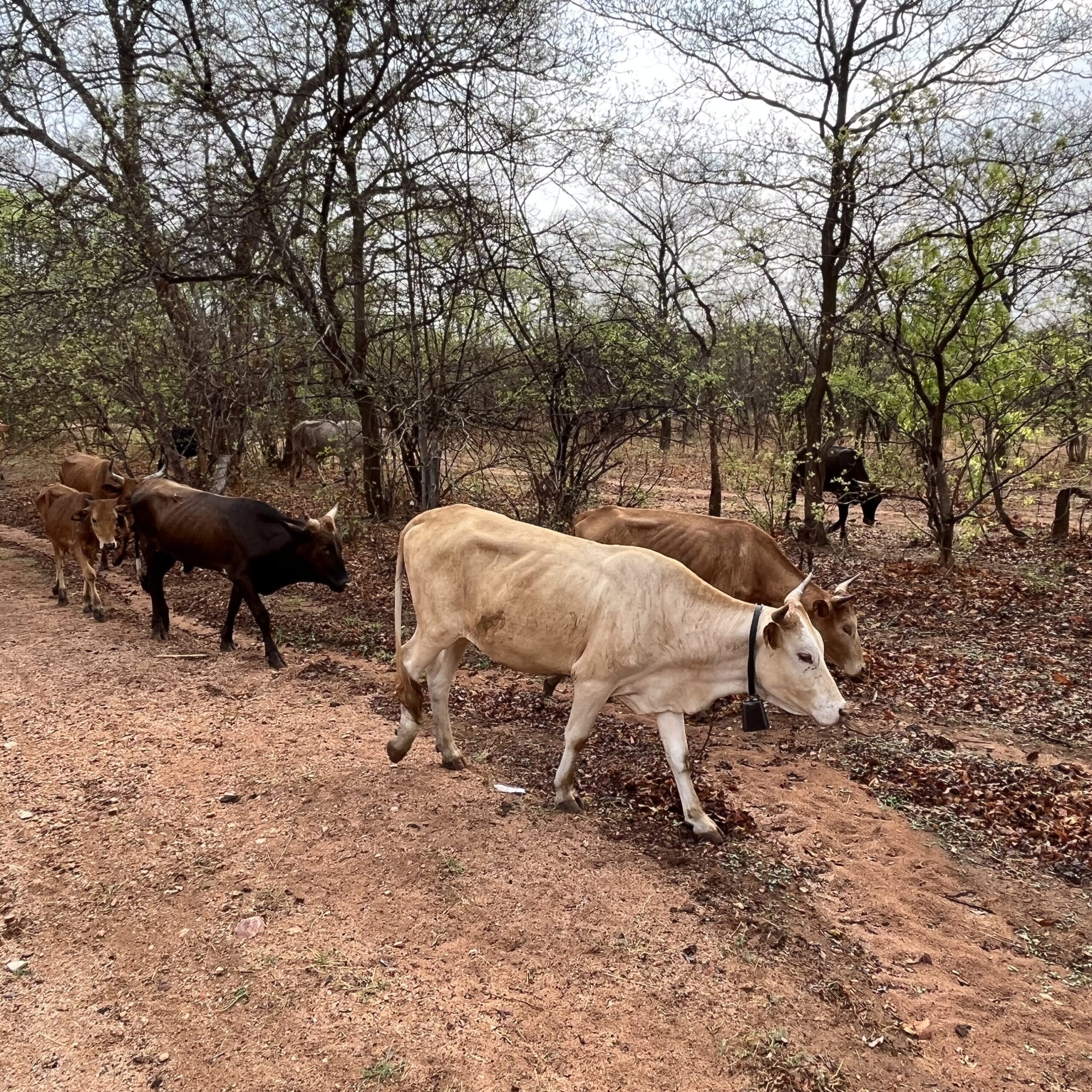
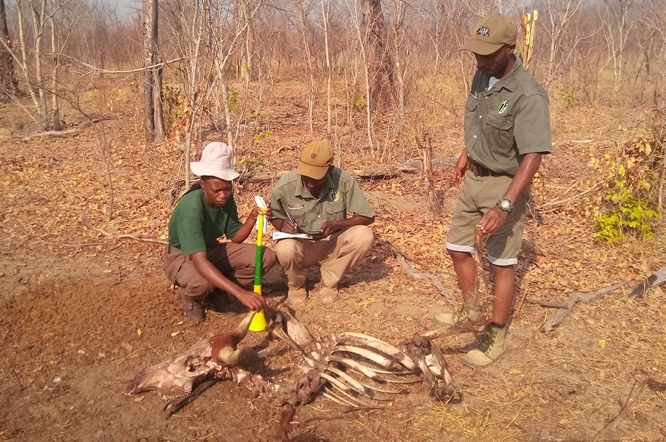
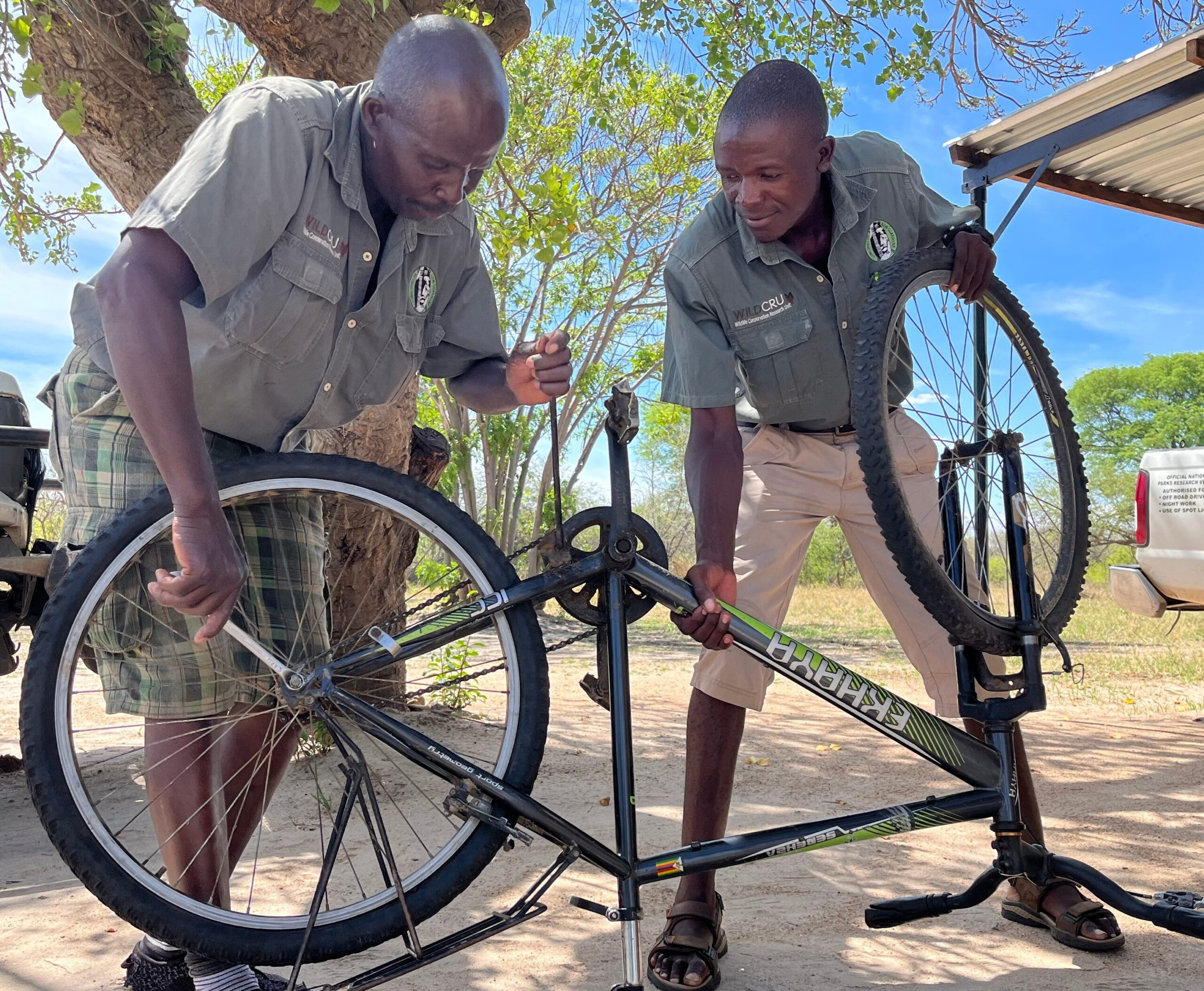
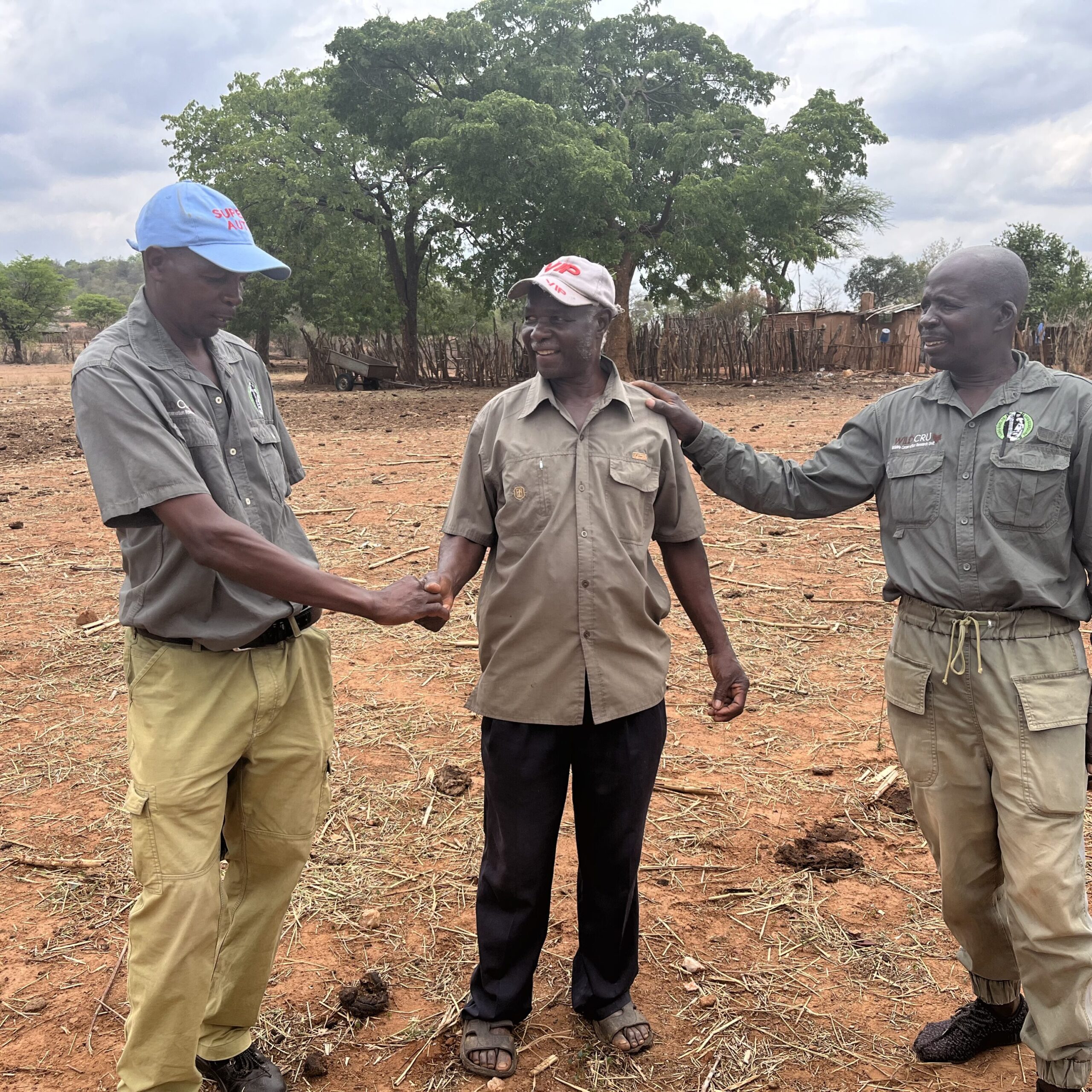
Programme impact HIGHLIGHTS
increase in crop yields in fields that have been fertilised by our mobile bomas
cattle have been killed by predators while kraaled in mobile bomas deployed since the start of the initiative
conservation organisations from Zimbabwe, Zambia, Namibia and Botswana, trained in methods used by the Long Shields
prides of lions on the boundary of the National Park being closely monitored as potential contributors to conflict
PROGRAMME MEMBERS
Through the Wildlife and Communities Action Trust, Mike January manages the Long Shields and Lowani Mpofu assists in the coordination of a team of 11 Guardians; Barry Bitu, Bekezela Ncube, David Nchindo, Emmanuel Tembo, Innocent Dube, Innocent Ndlovu, Mvuselelo Moyo, Osias Ncube, Qhubeka Mlilo, Sibongumenzi Ncube and Titus Ndlovu. Emma Knott oversees the programme and Matt Wijers supervises students from Lupane State University on placement; Nozipho Moyo and Mbalenhle Ngwenya. Professor Andrew Loveridge is the Director.
Mike January
Long Shields Guardian Manager
Lowani Mpofu
Long Shields Guardian Assistant
Barry Bitu
Guardian
Bekezela Ncube
Guardian
David Nchindo
Guardian
Emmanuel Tembo
Guardian
Innocent Dube
Guardian
Innocent Ndlovu
Guardian
Mvuselelo Moyo
Guardian
Osias Ncube
Guardian
Qhubeka Mlilo
Guardian
Sibongumenzi Ncube
Guardian
Titus Ndlovu
Guardian